Your cart is currently empty!
This comprehensive guide delves into the step-by-step process of backlink indexing, offering insights into how you can ensure search engines like Google recognize your backlinks.
We’ll explore the intricacies of the indexing process, factors affecting indexing speed, and how tools like Backlink Indexing Tool can optimize your SEO efforts.
What is the search engine indexing process and how does it work?
Understanding how search engines index content is the foundation of effective SEO. The indexing process involves several stages, from crawling web pages to final indexation.
This section provides a detailed overview of each phase, shedding light on how your backlinks are discovered and recorded by search engines.
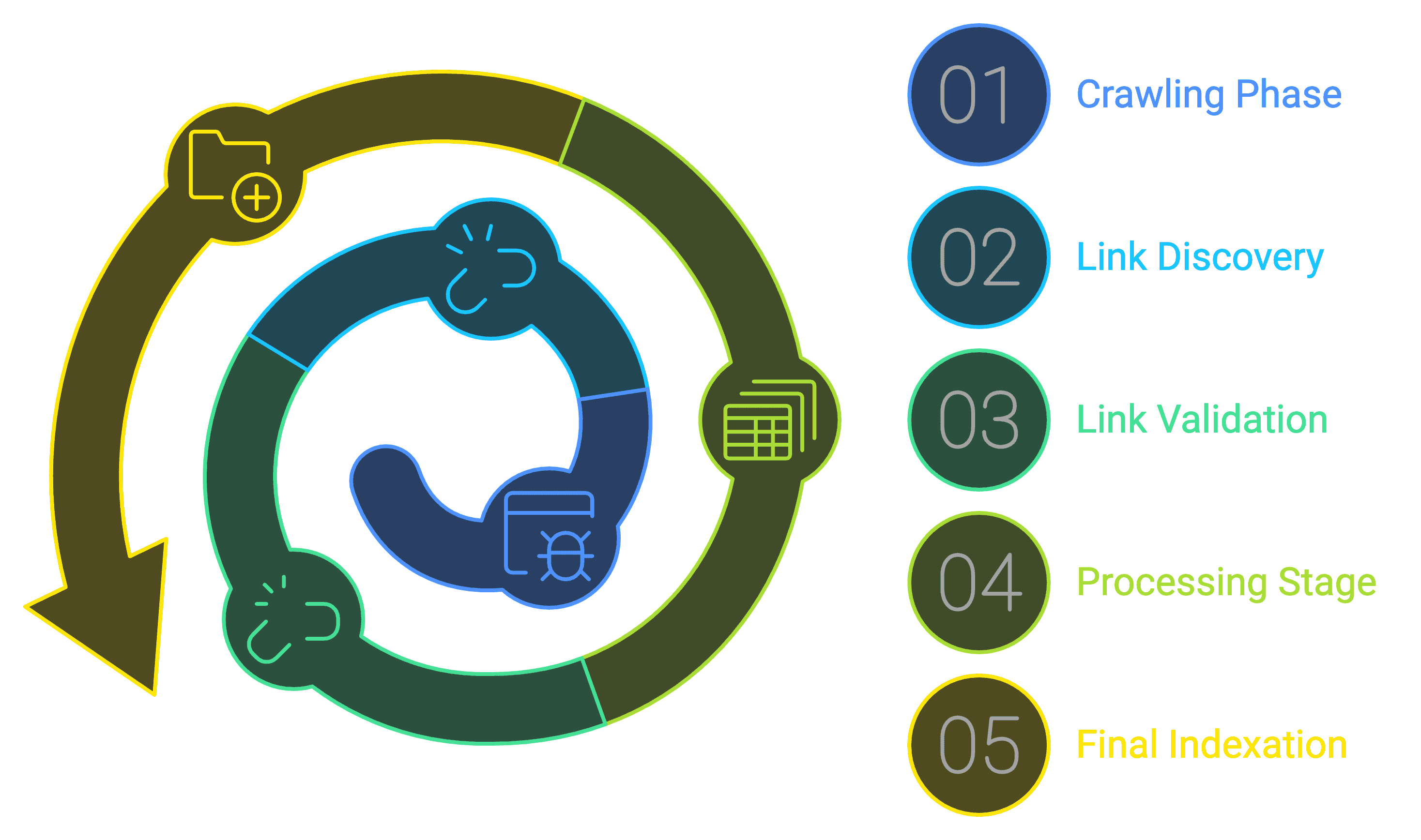
What happens during the crawling phase?
During the crawling phase, search engine bots, also known as spiders or crawlers, traverse the internet to discover new and updated content.
These bots follow links from known pages to new ones, effectively mapping the vast web of interconnected sites.
They prioritize pages based on factors like page rank, freshness, and the number of backlinks pointing to them.
Crawlers access your website’s HTML code, extracting information about content, links, and metadata.
This phase is critical because if a page isn’t crawled, it cannot be indexed.
How does link discovery and validation work?
Link discovery involves identifying hyperlinks on web pages that lead to other pages or resources.
Search engine bots parse the HTML code to find these links, adding them to a queue for crawling.
Validation occurs when the bot checks the accessibility of the linked page, ensuring it’s reachable and doesn’t return errors like 404 Not Found.
The quality and relevance of the links are also assessed. Links from authoritative and relevant sites are given more weight, enhancing the likelihood of the linked pages being crawled and indexed promptly.
What takes place in the processing stage?
In the processing stage, the data collected during crawling is analyzed and organized.
Search engines evaluate the content of each page, extracting keywords, topics, and other relevant information.
They assess factors like page structure, content quality, and compliance with SEO best practices.
Duplicate content is identified and handled appropriately to avoid redundancy in search results.
Metadata, such as title tags and meta descriptions, is also processed to understand the context of the page.
When does Google complete the final indexation?
Final indexation occurs after the processing stage. Google’s algorithms determine whether a page meets the criteria for inclusion in its index.
Factors influencing this decision include content quality, relevance, adherence to webmaster guidelines, and the absence of malicious or harmful content.
Once approved, the page is added to Google’s index, making it eligible to appear in search results for relevant queries.
This process can take anywhere from a few hours to several weeks, depending on various factors like website authority and crawl budget.
Why is backlink indexing important for SEO success?
Backlink indexing is vital because unindexed backlinks are essentially invisible to search engines, rendering them ineffective for SEO purposes.
Indexed backlinks contribute to your site’s authority, improve search rankings, and increase organic traffic.
Backlinks are like votes of confidence from one website to another. When search engines index these backlinks, they recognize the referral and attribute value to your site accordingly.
This leads to higher domain authority and better positioning in search engine results pages (SERPs).
Without indexing, backlinks won’t contribute to your site’s credibility or ranking potential, negating the efforts invested in link-building campaigns.
What factors impact indexing speed and success rate?
Several elements influence how quickly and effectively your backlinks are indexed. Understanding these factors allows you to optimize your link-building strategies for better results. This section explores the technical, domain-related, and quality aspects that affect indexing.
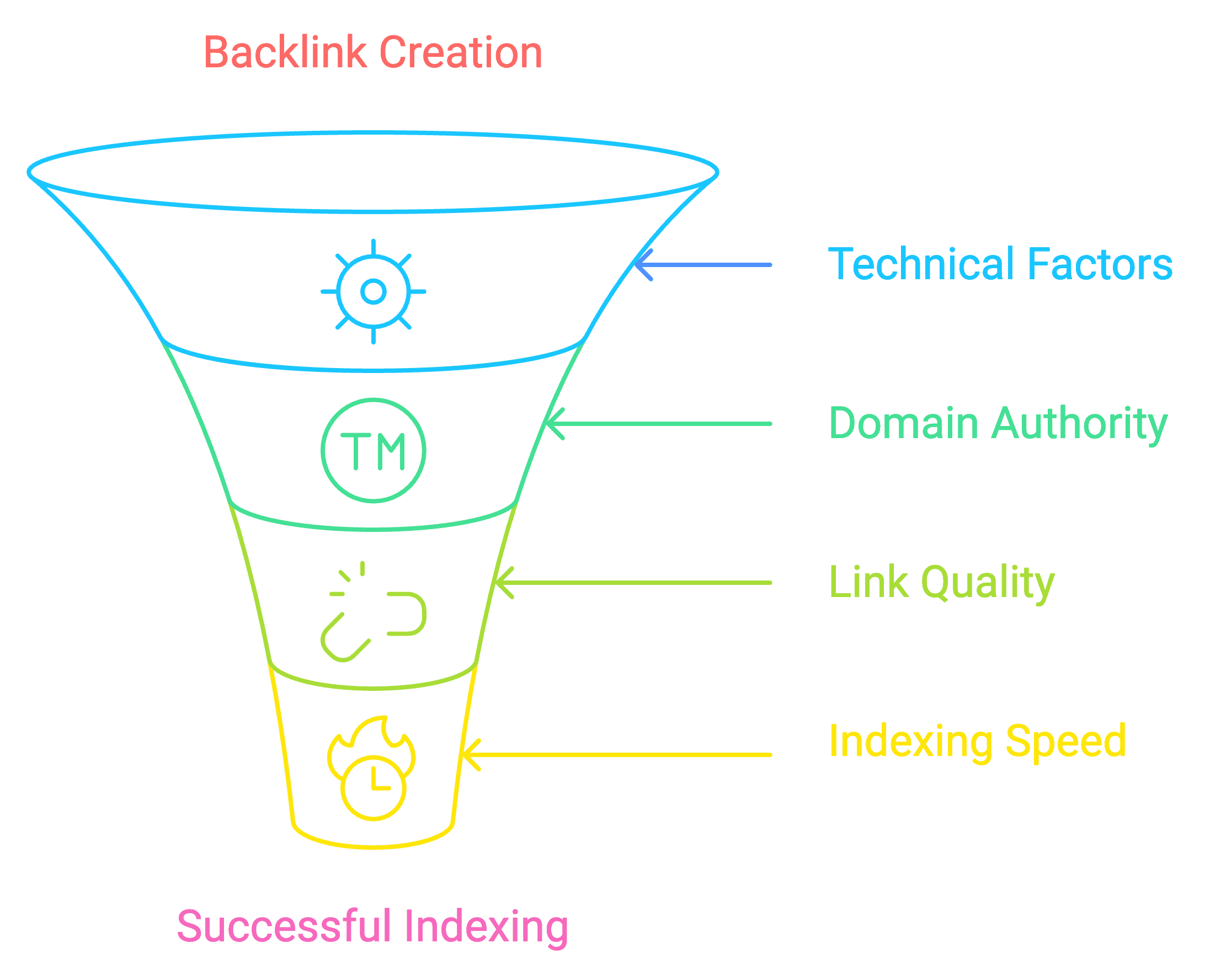
How do technical website factors affect indexing?
Technical aspects like website load speed, mobile responsiveness, and proper use of robots.txt files significantly impact indexing.
Slow-loading pages are deprioritized by crawlers, while incorrect robots.txt configurations can block bots from accessing your site entirely.
Further technical SEO strategies include using canonical tags, sitemaps, and structured data which helps search engines understand your site’s structure, facilitating faster indexing.
What role does domain authority play?
Domain authority (DA) is a metric that predicts a website’s ability to rank in search results.
Search engines crawl more frequently and thoroughly to sites with higher DAs.
Backlinks from high-authority domains are more likely to be indexed quickly and pass on significant SEO value.
Conversely, links from low-authority or spammy sites may be crawled less often, delaying or preventing indexing.
How does link quality influence indexing?
Link quality is determined by the relevance and trustworthiness of the linking site, as well as the context of the link placement.
High-quality links from reputable, industry-related websites are prioritized by search engines for indexing.
Poor-quality links, such as those from link farms or irrelevant directories, may be ignored or penalized, hindering your indexing efforts and potentially harming your SEO.
Why do some backlinks index faster than others?
Several reasons explain why some backlinks are indexed more rapidly:
- Source authority: Links from high-authority sites are crawled more frequently.
- Content freshness: New or frequently updated pages attract crawlers sooner.
- Link placement: Links embedded within the main content are valued more than those in footers or sidebars.
- Crawl budget: Websites have a crawl budget that determines how many pages a search engine will crawl within a given timeframe.
How can you submit links using our Backlink Indexing Tool?
Our tool streamlines the submission of your backlinks for indexing. This section guides you through the various methods available, ensuring you can efficiently process your backlinks regardless of quantity or technical expertise.
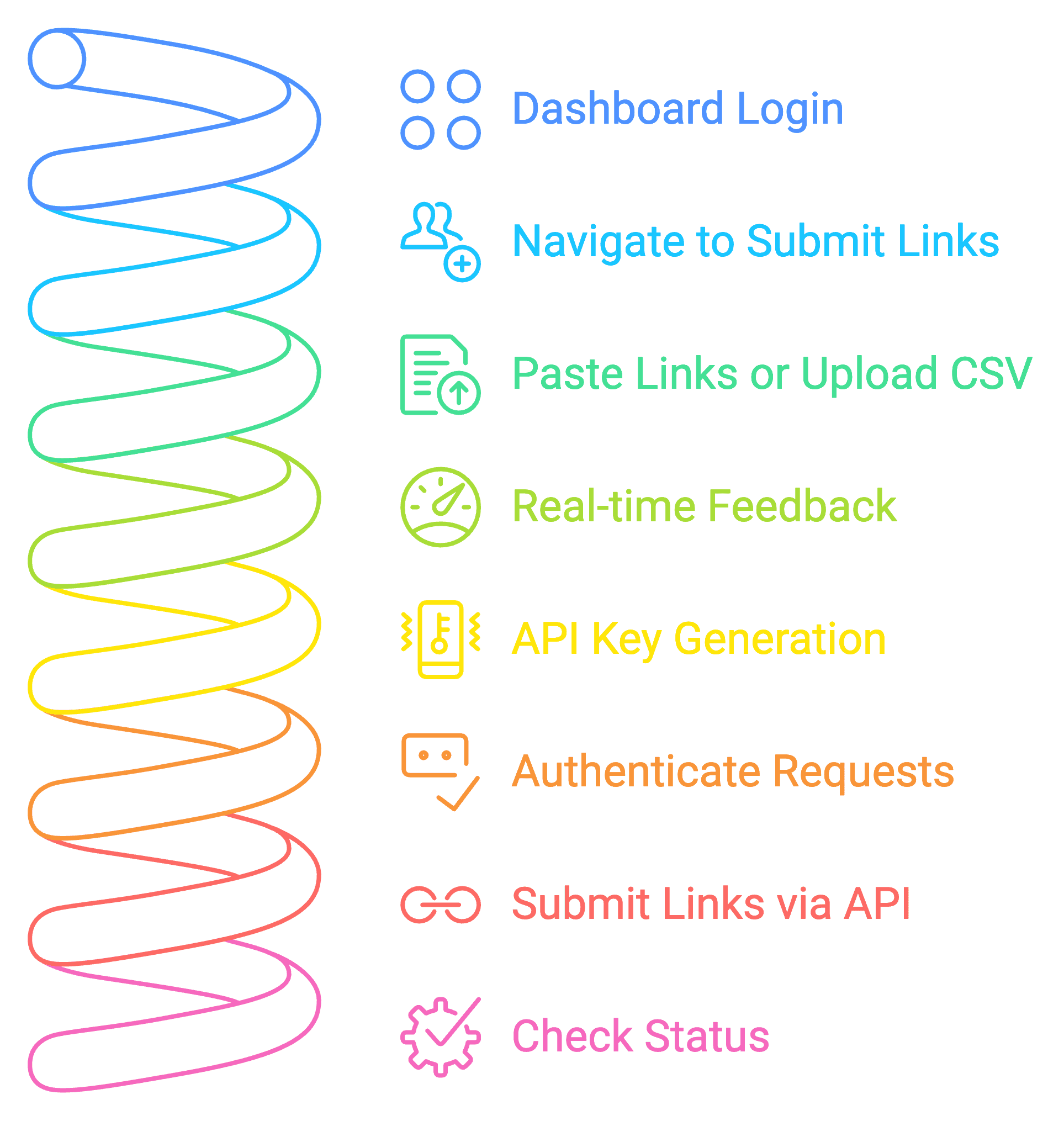
How does the dashboard submission process work?
Our user-friendly dashboard allows you to submit backlinks effortlessly.
After logging in, navigate to the ‘Submit Links’ section.
Here, you can paste your list of backlinks directly into the input box or upload a CSV file.
The dashboard provides real-time feedback on the number of links submitted and credits used.
This intuitive interface is designed for users of all experience levels, making the submission process quick and straightforward.
What are the steps for API integration?
For advanced users and developers, our RESTful API enables seamless integration with your existing systems. To get started:
- API key generation: Obtain your unique API key from the dashboard under ‘API Settings’.
- Authentication: Use your API key to authenticate your requests.
- Submitting links: Send a POST request to the ‘/submit-links’ endpoint with your list of backlinks in the required format.
- Checking status: Use the ‘/check-status’ endpoint to monitor the indexing progress of your links.
- Downloading reports: Access detailed reports via the ‘/download-reports’ endpoint.
What link information is required for submission?
When submitting links, the essential information includes:
- URL: The exact web address of the backlink.
- Anchor text: The clickable text of the link.
- Submission date: Automatically recorded upon submission.
Providing accurate URLs ensures efficient processing and indexing. Additional metadata can be included but is not mandatory.
How many links can be submitted at once?
Our Backlink Indexing Tool is designed to handle submissions of any size, offering flexibility for both individual users and large-scale SEO campaigns.
Via the dashboard, you can submit up to 5,000 links at once by uploading a CSV file, making bulk submissions straightforward and efficient.
For those utilizing automation, our API allows batches of up to 10,000 links per request, catering to high-volume needs with ease.
There are no daily limits on the number of submissions, enabling you to process backlinks at your own pace without restrictions.
Importantly, bulk submissions do not affect the indexing quality or speed, ensuring that every link receives the same level of attention and efficiency regardless of quantity.
What is the expected timeline for indexing and how can you monitor progress?
Setting realistic expectations for indexing timelines and knowing how to track progress are crucial for effective SEO management. This section outlines the typical indexing timeframe and provides guidance on monitoring your backlinks’ status.
How long does initial processing take?
Initial processing begins immediately after submission.
During this phase, our tool prepares your backlinks for indexing by search engines.
This process typically takes between 12 to 24 hours, depending on the volume of links and current system workload.
Initial processing ensures that your backlinks are correctly formatted and optimized for crawling.
When do links usually start getting indexed?
Links generally start getting indexed within 48 to 72 hours after submission. However, indexing times can vary based on factors such as:
- Search engine crawl schedules: Crawlers visit sites at different frequencies.
- Link quality and relevance: High-quality links may be prioritized.
- Website authority: Links from authoritative sites tend to index faster.
Most users observe significant indexing progress within the first week.
Why is a 14-day verification period necessary?
The 14-day verification period allows sufficient time for search engines to crawl and index your submitted backlinks.
This timeframe accounts for any delays due to crawl budgets, search engine updates, or external factors affecting indexing.
At the end of this period, we provide a final report indicating which links have been successfully indexed.
What happens if links don’t index within the timeframe?
If any of your backlinks remain unindexed after the 14-day period, our tool automatically issues a credit refund for those links.
This policy ensures you only pay for successful indexations.
Unindexed links can be resubmitted for processing, and we recommend reviewing them for any issues that might impede indexing.
Which key metrics should you track?
Monitoring the following metrics provides insights into your indexing progress:
- Indexing rate: The percentage of submitted links that have been indexed.
- Processing status: Current stage of each backlink (e.g., processing, indexed, failed).
- Crawl errors: Any issues encountered during crawling.
- Refunded credits: Number of credits returned for unindexed links.
These metrics help you evaluate the effectiveness of your backlink strategy and make informed adjustments.
How do you access and interpret reports?
Reports are accessible via the dashboard under the ‘Reports’ section or through the API.
They provide detailed information on each backlink, including indexing status and any errors encountered.
The reports are presented in both graphical charts and downloadable CSV files. Interpreting these reports involves:
- Analyzing indexing rates: High rates indicate successful strategies.
- Identifying patterns: Repeated failures may point to specific issues.
- Assessing ROI: Understanding the value gained from indexed links.
Our support team is available to assist with report interpretation if needed.
What do different status indicators mean?
Status indicators provide real-time updates on each backlink:
- Processing: The link is currently being prepared for indexing.
- Indexed: The link has been successfully indexed by the search engine.
- Failed: The link was not indexed within the 14-day period.
- Refunded: Credits have been returned for unindexed links.
What makes our indexing technology different?
Our Backlink Indexing Tool stands out due to its innovative features and user-centric policies. This section highlights the unique aspects of our technology that contribute to higher indexing success rates and a better user experience.
How does our success rate compare to others?
We pride ourselves on achieving indexing rates of up to 80%, significantly higher than the industry average.
Our advanced algorithms and indexing methods ensure that a majority of your backlinks are recognized by search engines promptly.
This superior performance translates into more effective SEO campaigns and better search engine rankings for your website.
Why is our method more secure and reliable?
Our tool employs safe and ethical indexing techniques that comply with search engine guidelines.
We avoid black-hat methods like link spamming or cloaking, which can lead to penalties. Security measures include:
- No GSC requirement: Eliminates the need for access to your Google Search Console, reducing vulnerability.
- Data encryption: Protects your backlink information during submission and processing.
- Regular updates: Keeps our methods aligned with the latest search engine algorithms.
These practices ensure that your backlinks are indexed without compromising your site’s integrity.
How does the automatic credit refund work?
Our automatic credit refund policy is designed with customer satisfaction in mind.
If any backlinks are not indexed within the 14-day verification period, the following steps are followed:
- Identify unindexed links: Through our final indexing report.
- Automatically refund credits: Return the exact number of credits corresponding to unindexed links to your account.
- Notify: Send an email confirmation of the refunded credits.
This system ensures transparency and that you only pay for successful results.
What are the benefits of not requiring GSC access?
By not requiring access to your Google Search Console (GSC), we offer several advantages:
- Enhanced security: Your sensitive site data and credentials remain private.
- Ease of use: Simplifies the submission process, especially for those managing multiple sites.
- Flexibility: Allows you to submit backlinks from any site, even if you don’t own it.
How can you resolve common indexing issues?
Despite best efforts, some backlinks may face indexing challenges. This section provides solutions and best practices to overcome common hurdles, ensuring higher success rates in your indexing endeavors.
What should you do if links fail to index?
Some backlinks may fail to index due to various reasons. When this happens, here’s what you should do:
- Analyze the links: Check for technical errors like broken URLs or improper redirects.
- Assess link quality: Ensure the linking site is reputable and relevant.
- Review content: Confirm that the linked content is unique and valuable.
- Resubmit: Use our tool to resubmit the links after addressing any issues.
Our support team is available to assist in diagnosing and resolving indexing failures.
How can you speed up slow-indexing links?
If your backlinks are taking longer than expected to index, you can these measures to accelerate the process:
- Create internal links: Link to the page from other indexed pages on your site.
- Share on social media: Increase visibility and encourage crawlers to revisit.
- Fetch as Google: Use the ‘URL Inspection’ tool in GSC for pages you own.
- Update content: Refresh the page with new, high-quality content to attract crawlers.
What are the best practices for higher success rates?
Adhering to these best practices enhances indexing success:
- High-quality content: Ensure linked pages offer valuable, original content.
- Natural link profiles: Build backlinks gradually to avoid appearing manipulative.
- Diverse sources: Acquire links from various reputable sites.
- Avoid black-hat techniques: Steer clear of practices that violate search engine guidelines.
When should you resubmit failed links?
Resubmitting failed backlinks can be an effective way to get them indexed, but timing and preparation are crucial to increase the chances of success.
Here’s when you should consider resubmitting your links:
- Correcting identified issues: Address any technical or content-related problems.
- Waiting a short period: Allow a few days for any temporary search engine issues to be resolved.
- Enhancing link value: Improve the linked content or increase its relevance.
What do you need to know about our pricing?
Understanding our pricing structure helps you make informed decisions that align with your SEO budget and goals. This section details how our credit system works and the available packages.
How does the credit system work?
The pricing model operates on a flexible, pay-as-you-go credit system:
- One credit for one indexed link: You only use credits for successfully indexed backlinks.
- Automatic refunds: Credits for unindexed links are refunded after the 14-day verification period.
- No subscriptions: Purchase credits as needed without recurring fees.
What are the available credit packages?
We offer three main credit packages to suit different needs:
- 100 Credits: Priced at $30, ideal for small campaigns or trial purposes.
- 500 Credits: Priced at $135 (10% discount), suitable for moderate SEO efforts.
- 2,000 Credits: Priced at $510 (15% discount), best for large-scale link-building projects.
Each package is a one-time purchase, providing flexibility and scalability.
How are credits calculated and refunded?
Credits are calculated based on the number of backlinks you submit and that are successfully indexed:
- Submission: Credits are deducted upon submission of links.
- Indexing verification: After 14 days, we verify which links have been indexed.
- Refunds: Credits corresponding to unindexed links are automatically returned to your account.
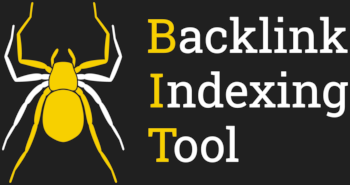
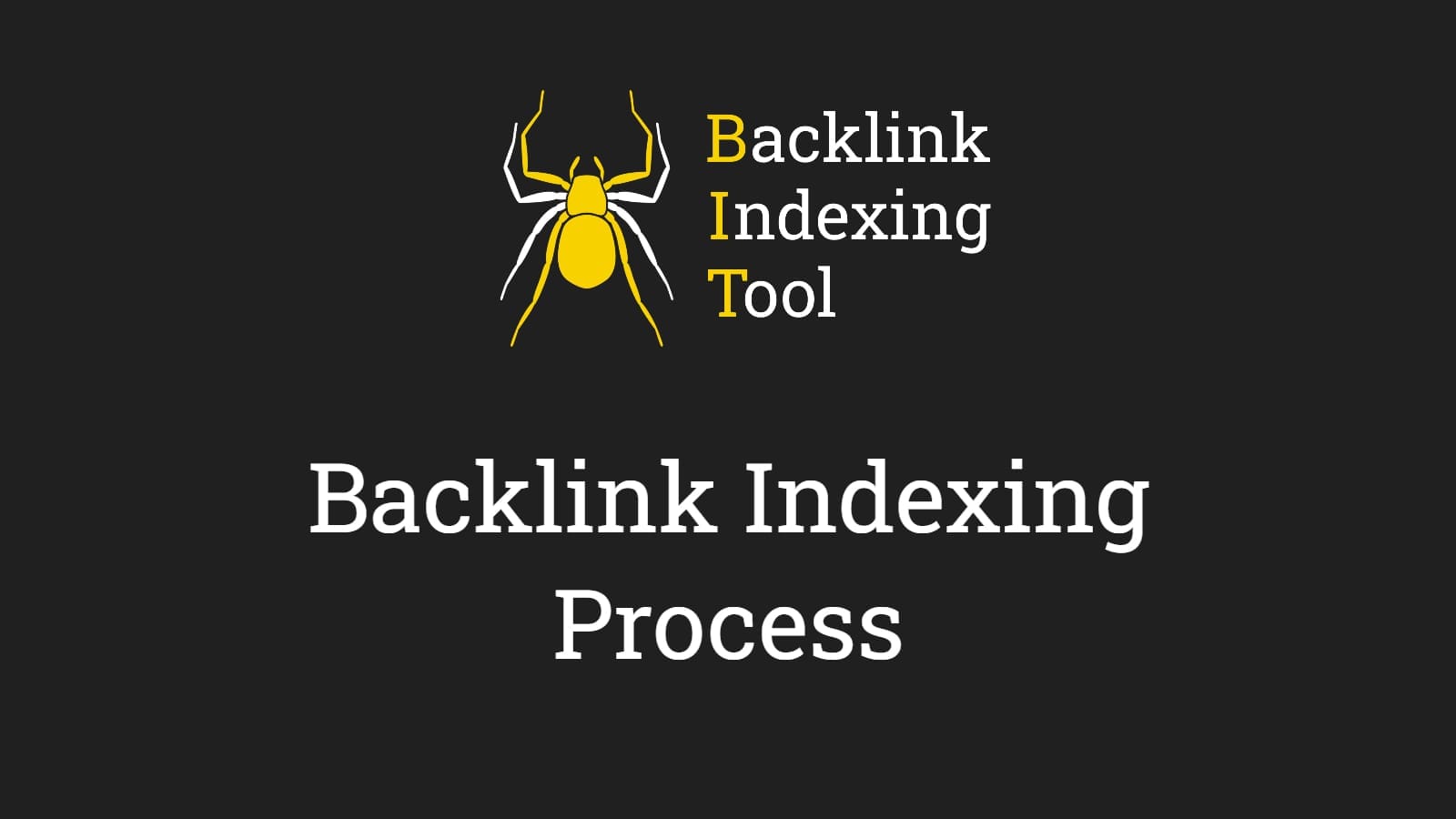
Leave a Reply